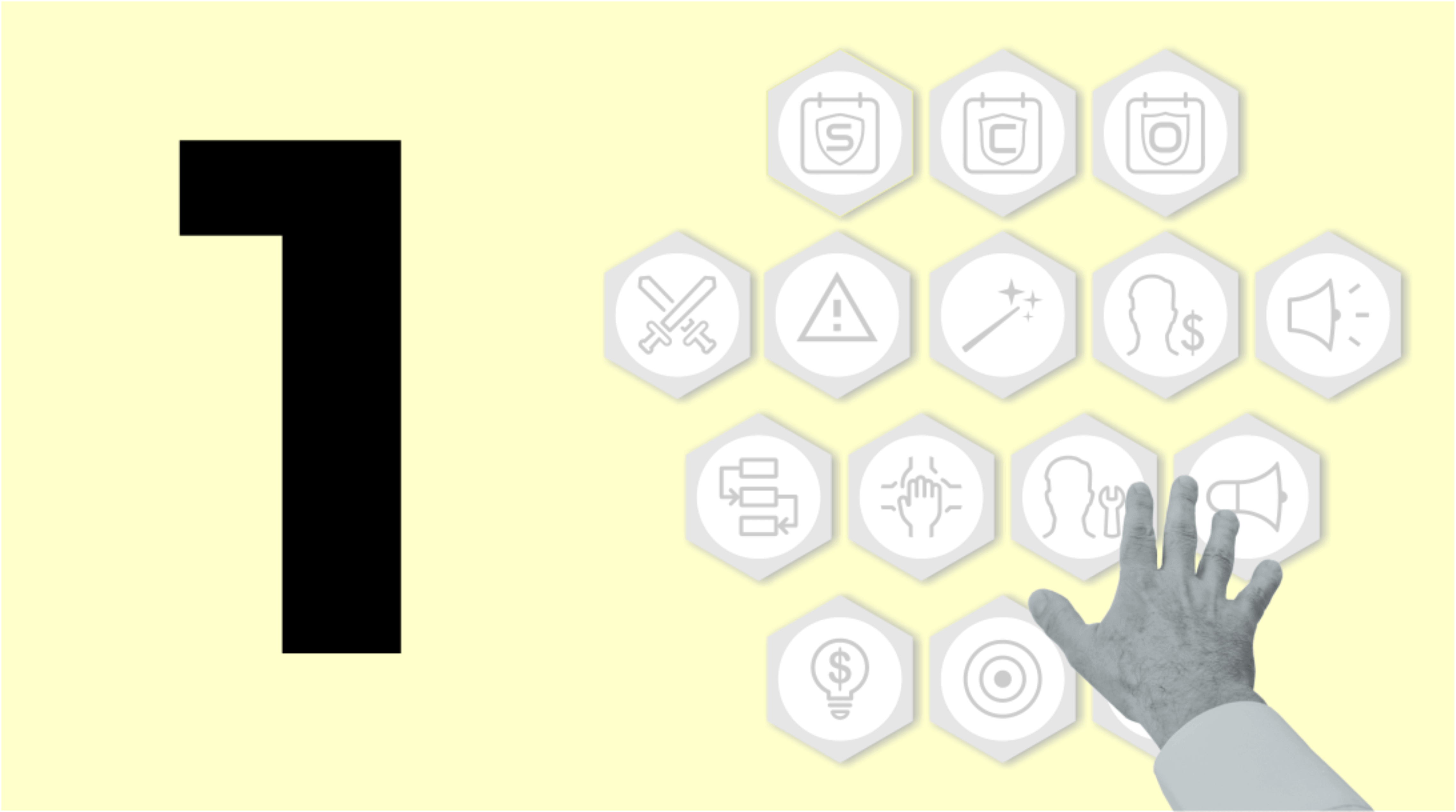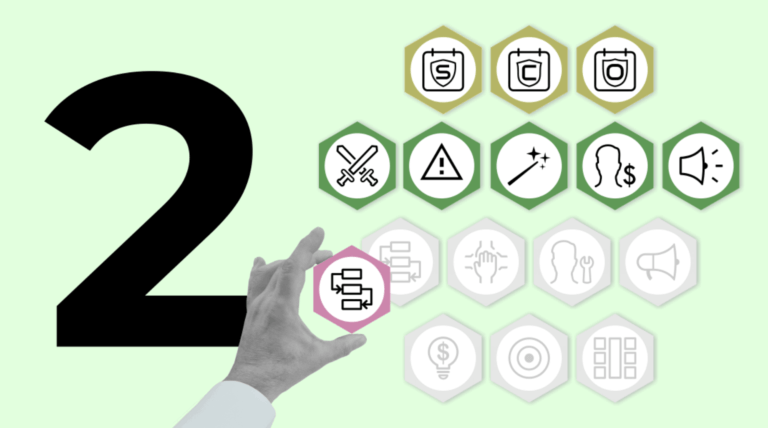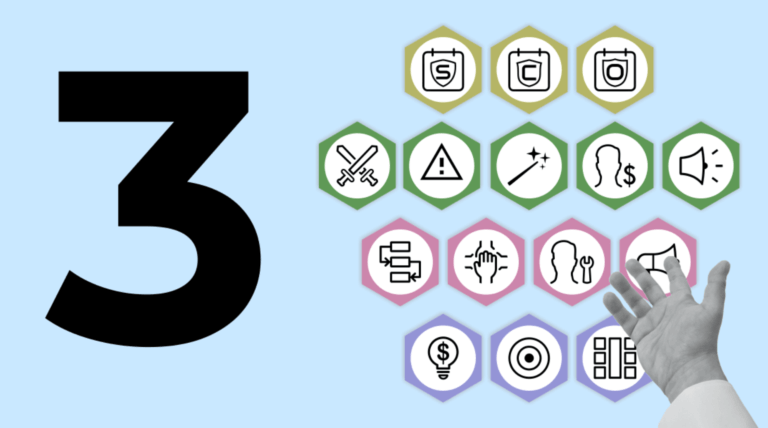Set Up Your Own
MANAGEMENT
SYSTEM
Organize your business comprehensively and manage it effortlessly.
In 6 weeks.
Workanizers provides you with the necessary tools and work environment where you will build, save, nurture, and continuously improve your Management System.
ACHIEVE EFFORTLESS MANAGEMENT.
Your Management System should serve as a comprehensive platform where you can build organizational infrastructure and effortlessly manage everyday operational tasks.
We are committed to making “EFFORTLESS MANAGEMENT” your daily reality, unlocking your full professional potential and boosting overall team productivity.
Workanizers simplifies complexity and focuses on achieving results without getting bogged down in the minutiae.
You Will Utilize
Key Managerial Functions:
Workanizers organizational tools
are your secret weapon
Workanizers equips you with all you need in one place:
FRAMEWORK
You will get a framework to build your own Management System. This is the initial structure featuring 15 specific managerial functions.
It provides a pre-made environment for faster development of your Management System. So you don’t need to start from scratch.
15 ORGANIZATIONAL SOFTWARE TOOLS
There are 15 software tools and templates, each designed for a specific managerial function. These tools are essential for building, improving, repairing, and maintaining the Management System.
On the other hand, we also use them to manage daily operations.
HOW-TO INSTRUCTIONS
You will receive step-by-step instructions. They guide you through building and implementing the specifics of your business into an effective Management System in just six weeks.
And you can rely on our support whenever you need it.
Workanizers
Biz Modeler
Goal Maker
Org Modeler
Processor & Tasker
Teamer
Doers
Plans & Reports
Arena
Problem Box
Improvement Box
Incentive Box
Report Box
Re-Strategizer
Re-Constructor
Start-Ops
Within 6 weeks
Within 6 weeks, you can transform your business into one where workflows glide smoothly and management feels like a breeze.
Imagine your own Management System that guides your team.
What would your system look like?
This system would be organized into 15 different management domains, each with clear rules and boundaries that lead managers and employees to get their jobs done efficiently.
The Management System is suitable for the team and is good for you.
Why is it good for you?
With this system, you can oversee all business activities using the Arena tool and processes dashboard, providing you with complete control over all your business operations.
Workanizers’ organizational tools empower you to achieve this vision.
What is the actual result?
With your correctly set up Management System, everything becomes simpler, and you can easily ensure that workflows flow effortlessly.
How do we achieve this?

Download the Framework
Download the initial framework of the Management System, which comprises 15 managerial functions.

Integrate the Specifics of Your Business
Incorporate the unique aspects of your business into the framework using software organizational tools.

Your Management System is Ready
Your authentic Management System, tailored to the specific needs of your business, is now established.
Start 6-Week Integration Program
This 6-week program guides managers step-by-step in integrating business specifics into a 15-function Management System, ensuring seamless management and successful achievement of goals.
Modal Title
Utilize the Expert Assistant
For a Quick Start of the Management System
The Expert Assistant accompanies you, providing guidance and support during the six-week setup period so that you can begin effectively using the Management System as soon as possible.
For Full-Capacity Operational Management
The Expert Assistant remains by your side, aiding in the rapid development of the management team’s professional skills for operational management at full capacity.
Discover Management Systems and Workanizers tools
through an interactive map.
Click on the cards for more information.
MANAGEMENT SYSTEM
Which Businesses Can Use Workanizers?
It works for businesses of all sizes and types, from small teams to large enterprises in manufacturing or service industries. It is designed to align closely with typical business practices, ensuring a smooth adoption process.
Who Can Benefit from Workanizers?
Workanizers is software for professionals, including entrepreneurs, managers, and team leaders. Its user-friendly interface and intuitive features allow users to use it daily, even without prior expertise.

“In my company, everyone knows who should do what, how, when, and why.”
Christopher V. Arevalo – Ontomedia

“When I’m on vacation, I know the company works as if I were there.”
Angelika Cole – Yearin

Léon Croteau – Donquadtech

Jakub Adamczyk – Codehow
TAKE ACTION
Start with the free plan, and you’ll get access to your five key processes without a time limit and for an unlimited number of users.
1. Get Workanizers
11 rue d’Israel,
13308 Marseille,
FRANCE
135 Division Street,
New York, NY 10002,
USA

